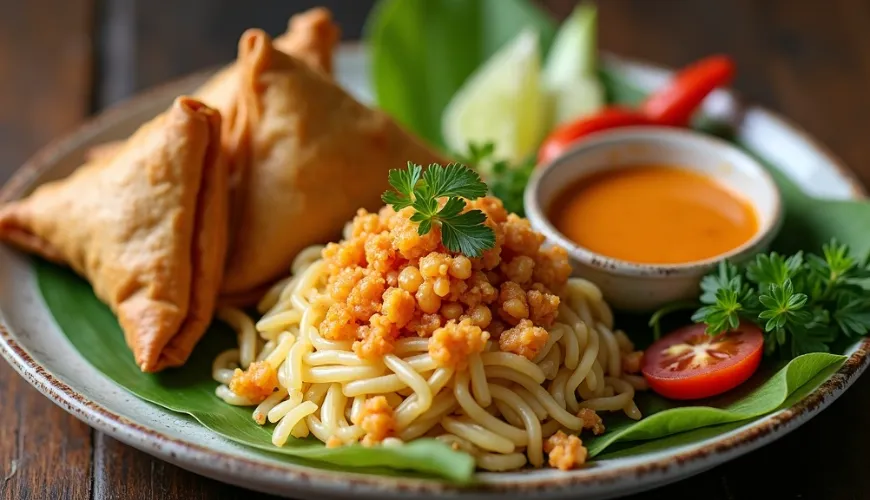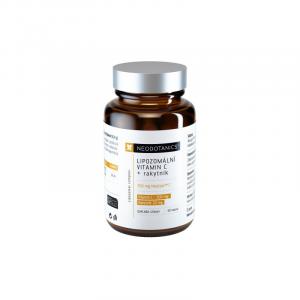
Tamarind Sauce and Its Use in Various Dishes

The Secret of Tamarind Sauce - An Exotic Flavor that Conquered the World
One of the taste staples that quietly moved from exotic markets into kitchens around the world is tamarind sauce. You might know it from Thai pad thai, Indian chaat, or perhaps Vietnamese rolls. But what exactly is tamarind sauce, where did it come from, and why have both lovers of Asian cuisine and advocates of healthy eating fallen in love with it?
Tamarind has come a long way. This tropical fruit, originally from Africa but widely cultivated in India and Southeast Asia, is known primarily for its distinctive sweet and sour taste. The fruit resembles a pod and contains a sticky pulp used as a base for many sauces, drinks, and marinades. Tamarind sauce often embodies the balance between sweetness, acidity, and subtle bitterness – and it is this unique taste of tamarind sauce that has made it so beloved in many cuisines around the world.
Tamarind Sauce Composition as a Mirror of Culture
The basic composition of tamarind sauce can slightly vary depending on the region, but generally includes tamarind paste (sometimes fresh tamarind), water, sugar (most often cane sugar), salt, and sometimes spices like cumin, coriander, ginger or chili. Some versions also add garlic, tamari, or soy sauce for umami effect.
While in India, tamarind is often combined with dates and spices to create a thick, dark sauce served with samosas, in Thailand, it is used as part of marinades or stir-fry sauces, where its acidity dominates and creates a contrast to sweet or spicy flavors. In the Caribbean, it may contain hot peppers, while in Latin America, lime juice is sometimes added.
The components of the sauce are not just a list of ingredients but reflect the culinary tradition of the region. Each culture has adapted tamarind to its own tastes – and this is what makes this sauce so fascinating.
A Flavor that Balances Between Sweet and Sour
When you say “tamarind sauce flavor," the answer is not entirely straightforward. Sweet and sour is the most common description, but it's insufficient. Tamarind can be both fresh and earthy, fruity and spicy. Its taste is naturally tart due to the high content of tartaric acid, but when balanced with sugar and spices, it creates a complex flavor that can elevate even the most ordinary dish.
It's no coincidence that tamarind is a key ingredient in many street food sauces. In Indian eateries, you'll find it with pani puri or bhel puri, in Thai kitchens in pad thai and fish sauces, and in Mexican cuisine, it's found in spicy sauces for tacos.
An interesting example is British Worcestershire sauce, which – to the surprise of many – contains tamarind. Without it, it wouldn't have its characteristic depth of flavor. Tamarind has thus subtly slipped into Western kitchens, even though few people realize it.
Tamarind Sauce Recipe and Its Variations
A homemade recipe for tamarind sauce is surprisingly simple and can be easily adapted to your taste. The basic recipe looks as follows:
Basic Tamarind Sauce
Ingredients:
- 3 tablespoons tamarind paste (or 50 g dried tamarind)
- 1 cup water
- 2–3 tablespoons cane sugar
- ½ teaspoon salt
- Optional: a pinch of chili, cumin, ground ginger, or garlic
Instructions:
- If using dried tamarind, pour hot water over it and let it stand for 15 minutes. Then strain and squeeze out the pulp.
- Dissolve tamarind paste in water, add sugar, salt, and other spices.
- Simmer for 5–10 minutes until thickened.
- Let cool and store in the refrigerator for up to a week.
You can modify the recipe – for a sweeter version, add dates; for a more pronounced taste, add some soy or fish sauce. Tamarind pairs well with citrus, coriander, and coconut milk.
Where and How to Use Tamarind Sauce?
There are countless possibilities. A mild version can be used as a salad dressing, a flavor enhancer in chickpea dishes, or as a sauce for roasted tofu. Spicier versions are great for grilled meats, sandwiches, or as a dip for vegetable chips. In Asian cuisine, it is added to soups, noodle dishes, or stir-fry meals.
An interesting real-life example is the Czech food blogger Veronika, who fell in love with tamarind flavors during a trip to Thailand and started experimenting at home upon her return. “I tried making homemade pad thai, and I missed the acidity. Then I discovered tamarind paste, and now I always have it in the fridge," she says. Today she reportedly adds it to lentils or vegetable marinades.
Tamarind sauce is thus a kind of culinary chameleon – it adapts to both savory and sweet dishes. Moreover, it is naturally vegan, gluten-free, and in its basic form, free of allergens, which makes it a popular ingredient even in alternative cooking.
Is Tamarind Healthy?
Apart from its taste, tamarind also offers health benefits. It contains antioxidants, vitamin C, potassium, and iron. It is also known for its digestive effects – in traditional Indian Ayurveda, it is used as a remedy for constipation and to support digestion. Recent research also suggests that tamarind may help lower cholesterol levels and has anti-inflammatory effects (see a study published in the Journal of Food Science and Technology, 2015).
Try our natural products
Of course, if tamarind sauce is too sweet or contains added sugar, its health benefits may be somewhat reduced. But within a balanced diet, you certainly don't have to be afraid to include it among your favorite sauces.
Where to Buy Tamarind Sauce?
Nowadays, it is not difficult to find tamarind paste or ready-made tamarind sauce even in the Czech Republic. You can find it in specialized Asian food stores, some supermarkets, and online shops such as Ferwer, which focus on products for a healthy lifestyle. But pay attention to the composition – some cheaper sauces may contain preservatives, colorings, or added flavors. Look for a simple composition: tamarind, water, sugar, possibly spices.
And if you want to avoid plastic packaging and unnecessary additives, look for sauces in glass bottles or try making it at home.
Tamarind sauce is not just another trendy item in the gastro world. It is a century-proven ingredient that adds depth and balance to dishes. Whether you use it as a dip, marinade, or flavor enhancer, it opens doors to flavors that are bold, complex, and surprisingly versatile. Perhaps you'll fall in love with it just like millions of people around the world – and maybe you'll find that you can never be without it at home again.







